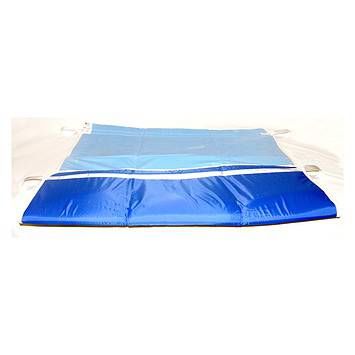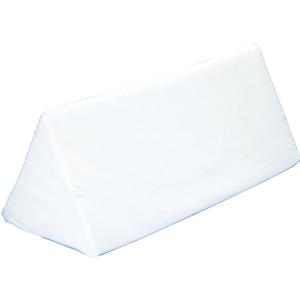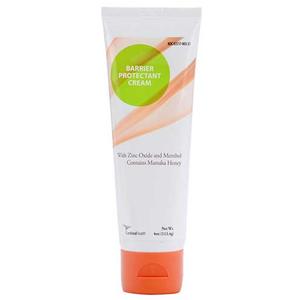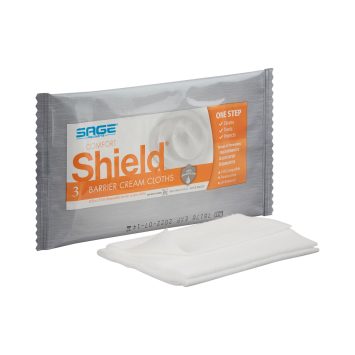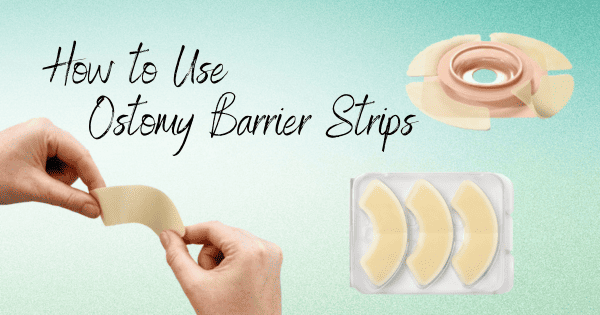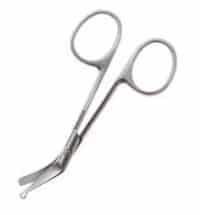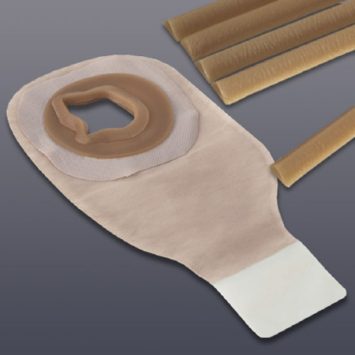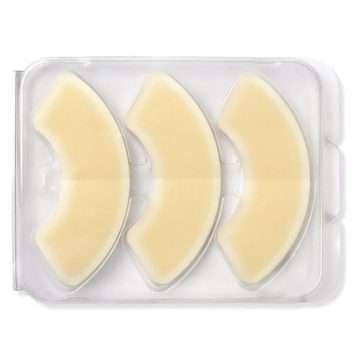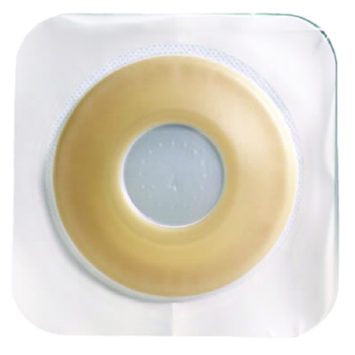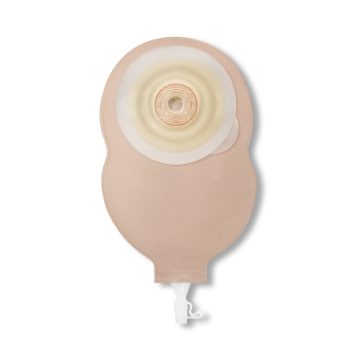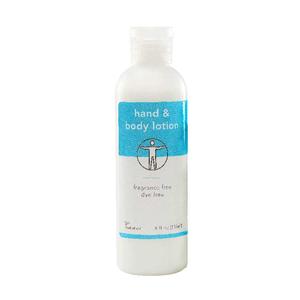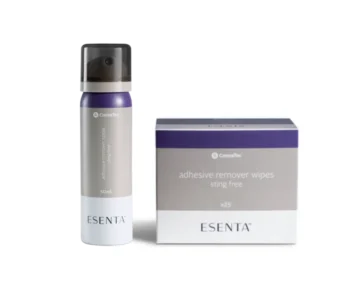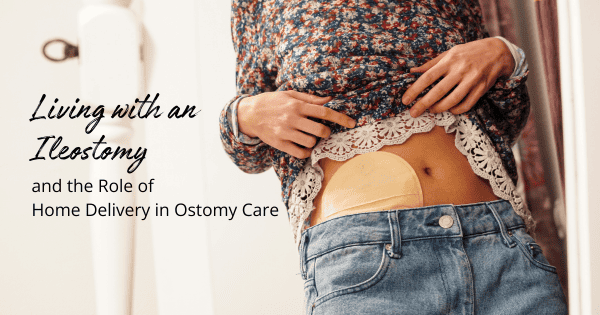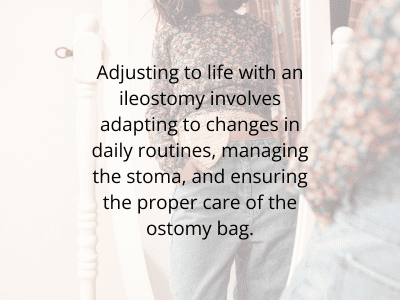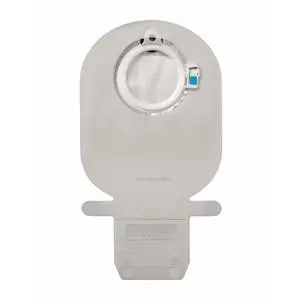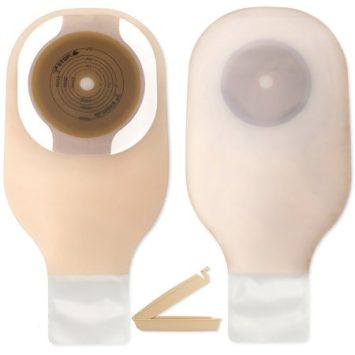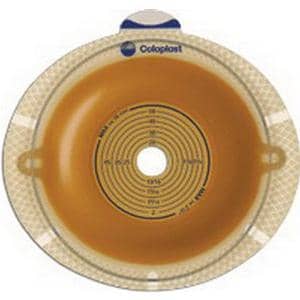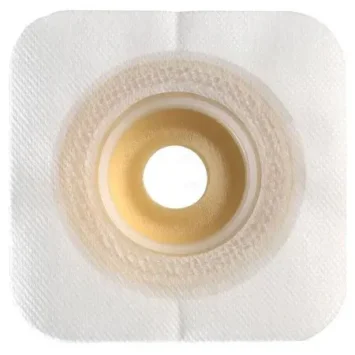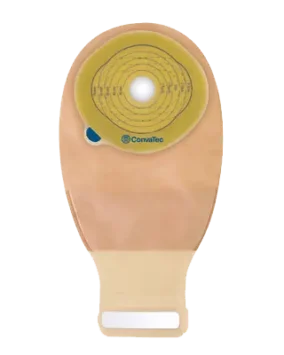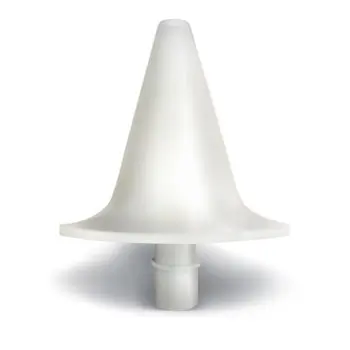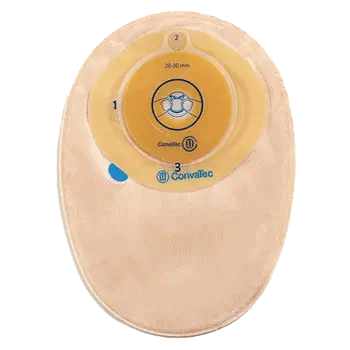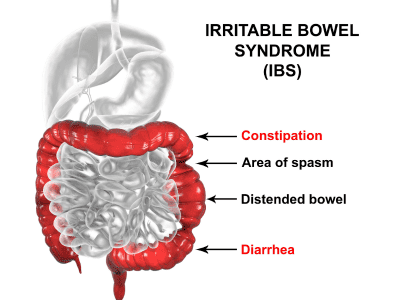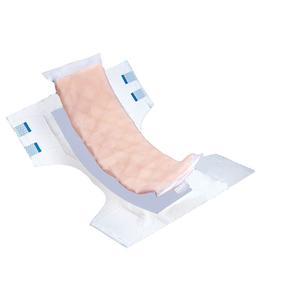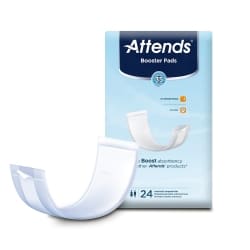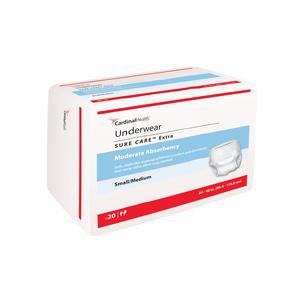What are bed sores? Also known as pressure ulcers or decubitus ulcers, bed sores are skin injuries that can occur due to prolonged pressure on specific body parts. These sores are often a concern for individuals with limited mobility, such as our older or obese loved ones or those with chronic medical conditions. They can develop where bones are close to the skin, like the back, hips, tailbone, heels, and elbows.
In this blog post, we will do our best to answer the question: What are bed sores? We will discuss their symptoms, how they are diagnosed and treated, and preventive measures you can take to protect yourself or your loved ones.
Understanding Bed Sores
As we mentioned previously, bed sores, or pressure ulcers, are a common health issue that can affect individuals who are bedridden or have limited mobility. These sores develop when prolonged pressure on specific body areas leads to skin damage and underlying tissues. This pressure can be caused by the person’s weight pressing against the skin and tissues, restricting blood flow and leaving the skin vulnerable to damage. Regular movement and repositioning can help prevent these sores, but this is not always possible for some individuals.
Recognizing the Symptoms
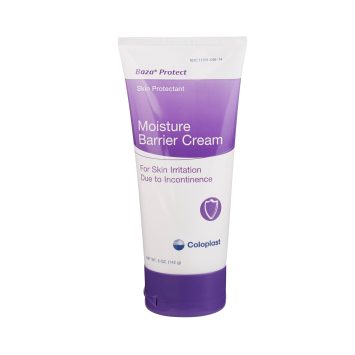 Understanding the symptoms of bed sores is crucial for early detection and prevention. Early signs may include:
Understanding the symptoms of bed sores is crucial for early detection and prevention. Early signs may include:
- Skin discoloration
- Tenderness or pain in the affected area
- Changes in skin texture
- Swelling
- Fluid-filled blisters
If left untreated, these sores can progress and lead to more severe symptoms, including deep wounds that could potentially expose muscle and bone. Infections can also arise, leading to severe complications like sepsis, cellulitis, or even gangrene.
At Personally Delivered, we offer a range of products that can help manage and prevent bed sores, such as positioning pads, pressure-relieving cushions, barrier creams, and a variety of other wound care supplies.
Diagnosis and Treatment
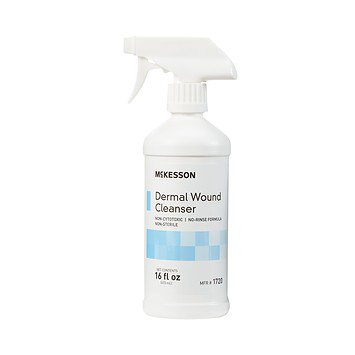 Bed sores can be diagnosed through a thorough examination by a healthcare professional, who will assess the affected area for signs of skin damage. Sometimes, imaging tests like X-rays or ultrasounds may be ordered to determine the extent of tissue damage beneath the skin’s surface.
Bed sores can be diagnosed through a thorough examination by a healthcare professional, who will assess the affected area for signs of skin damage. Sometimes, imaging tests like X-rays or ultrasounds may be ordered to determine the extent of tissue damage beneath the skin’s surface.
Treatment options can vary depending on the severity of the bed sore. Some of them include:
- Relieving pressure on the affected area with cushions or repositioning pads.
- Keeping the wound clean and dry with wound cleansers and wound dressings.
- Debridement (removing dead, damaged, or infected tissue from the wound site, promoting the healing of healthy tissue) with topical ointments or creams applied to the wound to break down and dissolve dead tissue.
- Surgery as a last resort if all other non-invasive options are exhausted.
At Personally Delivered, we understand the importance of proper care and treatment for individuals with bed sores and offer a range of products to assist in their management and prevention.
Preventing Bed Sores
Prevention is crucial for maintaining the health and well-being of at-risk individuals. To help prevent bed sores, it is essential to regularly change positions, maintain a thorough skin care routine, and inspect the skin. These preventive measures can significantly help reduce the risks and promote overall skin health.
We hope this article helped answer the question: What Are Bed Sores? It is critical to consult healthcare professionals for personalized advice, especially for those at higher risk of developing bed sores. Regular skin assessments and following a healthcare professional’s recommended care plan are crucial for effective prevention and management.
Products to Help Manage and Treat Bed Sores
Disclaimer: Important Notice Regarding Medical Advice
The information provided in this blog is intended for general informational purposes only and should not be considered a substitute for professional medical advice, diagnosis, or treatment.

